Introduction: Blockchain Growth Beyond the Hype
The blockchain industry has always been synonymous with hype cycles, market speculation, and promises of “the next big thing.” But 2025 marks a turning point. This year, growth is no longer measured only by token prices or trading volume — instead, the spotlight is on real adoption, active users, and sustainable technology upgrades.
From layer-1 (L1) blockchains powering the decentralized web to layer-2 (L2) scaling solutions making transactions faster and cheaper, networks are racing to onboard millions of new users. They are doing so through:
-
Low-cost transactions that rival traditional payment systems
-
Thriving DeFi ecosystems offering lending, staking, and liquidity tools
-
NFT marketplaces with strong user engagement
-
Stablecoin adoption for cross-border payments and remittances
-
Mainstream partnerships with exchanges, apps, and Fortune 500 companies
In this blog, we’ll rank the top 10 fastest-growing blockchains of 2025 by monthly active users, highlighting what drives their growth, the challenges they face, and the broader trends shaping the industry.
Why Active Users Are the Key Metric
Unlike speculative trading or inflated valuations, active users (unique wallet addresses making transactions) show how widely a blockchain is actually being used.
-
L1 blockchains (e.g., Ethereum, Solana, Bitcoin) provide the foundational infrastructure with native consensus mechanisms.
-
L2 blockchains (e.g., Base, Arbitrum, Polygon) are built on top of L1s to enhance scalability, reduce fees, and expand accessibility.
We also consider fully diluted valuation (FDV) and trading volume to give a broader view of adoption and market potential.
Top 10 Fastest-Growing Blockchains in 2025
1. Solana (L1)
-
Active Users: 57M
-
FDV: $107.2M
-
30D Volume: $284.2B
-
Growth Drivers:
-
DeFi and NFT expansion
-
Surge in memecoin trading
-
Firedancer validator improving reliability
-
Institutional adoption and ecosystem funding
-
-
Challenges: History of outages, centralization criticism, tough competition from Ethereum L2s.
💡 Fun Fact: Solana’s proof-of-history (PoH) mechanism enables thousands of transactions per second, making it a hub for both serious DeFi traders and playful memecoin enthusiasts.

2. Near Protocol (L1)
-
Active Users: 51.2M
-
FDV: $3.1M
-
30D Volume: $7.8M
-
Growth Drivers:
-
AI-powered decentralized apps and agents
-
Carbon-neutral, ultra-low fees
-
Integrations with EigenLayer and DeFi protocols
-
-
Challenges: Complexity of sharding, stiff competition from newer chains.
🌍 Near Protocol stands out as one of the most eco-friendly blockchains, maintaining carbon neutrality while scaling to millions of users.

3. BNB Chain (L1)
-
Active Users: 46.4M
-
FDV: $121.2B
-
30D Volume: $56.1B
-
Growth Drivers:
-
Reduced block times (0.75s)
-
EVM compatibility for easy dApp migration
-
Expanding AI integrations for data ownership
-
-
Challenges: Overreliance on Binance, regulatory scrutiny.

4. Base (Ethereum L2)
-
Active Users: 21.5M
-
FDV: $2.92B
-
Growth Drivers:
-
Coinbase’s massive 100M+ user base for onboarding
-
Ultra-low fees averaging $0.01
-
Strong stablecoin flows
-
Popular consumer apps on-chain
-
-
Challenges: Network congestion, dependency on Ethereum security, compliance risks.
🚀 With Coinbase pushing adoption, Base has become one of the fastest L2 rollouts in history.

5. Tron (L1)
-
Active Users: 14.4M
-
FDV: $33.5B
-
30D Volume: $51.7B
-
Growth Drivers:
-
Dominance in stablecoin transfers
-
Integrations with Telegram and cross-chain solutions
-
Negligible fees attracting retail users
-
-
Challenges: Centralization concerns, ongoing regulatory probes.

6. Bitcoin (L1)
-
Active Users: 10.8M
-
FDV: $2.3T
-
30D Volume: $1.3T
-
Growth Drivers:
-
Record ETF inflows ($27.4B by late 2024)
-
Halving cycle reducing supply
-
Adoption as a reserve asset by institutions
-
-
Challenges: High energy usage, macro-driven volatility.
💡 Bitcoin is no longer just “digital gold” — ETF adoption has made it a strategic reserve asset for global institutions.

7. Aptos (L1)
-
Active Users: 10M
-
FDV: $5.3B
-
30D Volume: $13B
-
Growth Drivers:
-
Move programming language (high security for smart contracts)
-
Peak performance at 19,200 TPS
-
Partnerships with Tether (USDT integration)
-
-
Challenges: Relatively young ecosystem, needs broader adoption.

8. Ethereum (L1)
-
Active Users: 9.6M
-
FDV: $522.7B
-
30D Volume: $1.1T
-
Growth Drivers:
-
Pectra upgrade improving UX and scalability
-
Staking adoption by institutions
-
ETF inflows boosting legitimacy
-
-
Challenges: High gas fees, scalability limits, heavy regulatory oversight.

9. Polygon (Multichain / L2)
-
Active Users: 7.2M
-
FDV: $2.6B
-
30D Volume: $4.2B
-
Growth Drivers:
-
Heimdall v2 upgrade enhancing interoperability
-
Partnerships with Fortune 500 companies
-
Strong NFT ecosystem ($227M in Q1 2025 volume)
-
-
Challenges: Competition from other Ethereum L2s, MiCA regulations.

10. Arbitrum One (Ethereum L2)
-
Active Users: 4M
-
FDV: $5.1B
-
30D Volume: $14.3B
-
Growth Drivers:
-
Integration with Robinhood for tokenized assets
-
Stylus upgrade lowering fees
-
Growing DeFi protocols like GMX
-
-
Challenges: Dependency on Ethereum mainnet, regulatory uncertainty, Optimism competition.

Broader Trends Driving Blockchain Growth in 2025
-
Stablecoin Adoption:
Stablecoins like USDT and USDC have become the backbone of blockchain transactions, driving liquidity and cross-border remittances. -
L2 Scaling:
Arbitrum and Base show that reducing Ethereum transaction costs to $0.01 can dramatically improve accessibility. -
DeFi & NFTs:
DeFi platforms (e.g., GMX, Uniswap) and NFT marketplaces are still onboarding millions of new wallets. -
Mainstream Integration:
Base benefits from Coinbase’s reach; partnerships like Starbucks + Microsoft (traceability on Azure) highlight corporate adoption. -
Institutional Inflows:
ETFs and corporate reserves are cementing blockchain’s role in global finance.
Challenges Ahead
-
Inflated Metrics: Bot activity still skews active user data.
-
Scalability vs Decentralization: Speed often comes at the cost of security or decentralization.
-
Regulation: Stablecoins and DeFi protocols face growing scrutiny worldwide.
-
Market Competition: L1s vs Ethereum L2s remains the biggest battle of 2025.
Conclusion: The Path Forward
The fastest-growing blockchains of 2025 highlight a crucial shift in the crypto industry: from speculative bubbles to real-world adoption.
-
Solana, Near, and Base are bringing in millions of active users with speed, low fees, and consumer-friendly apps.
-
Bitcoin and Ethereum continue to dominate as institutional anchors of the ecosystem.
-
Polygon and Arbitrum are proving that scalability solutions are critical for mass adoption.
As the industry matures, only the blockchains that combine strong user growth, sustainable technology, and regulatory resilience will thrive. The future belongs to those networks that can scale securely while solving real problems for millions of people worldwide.

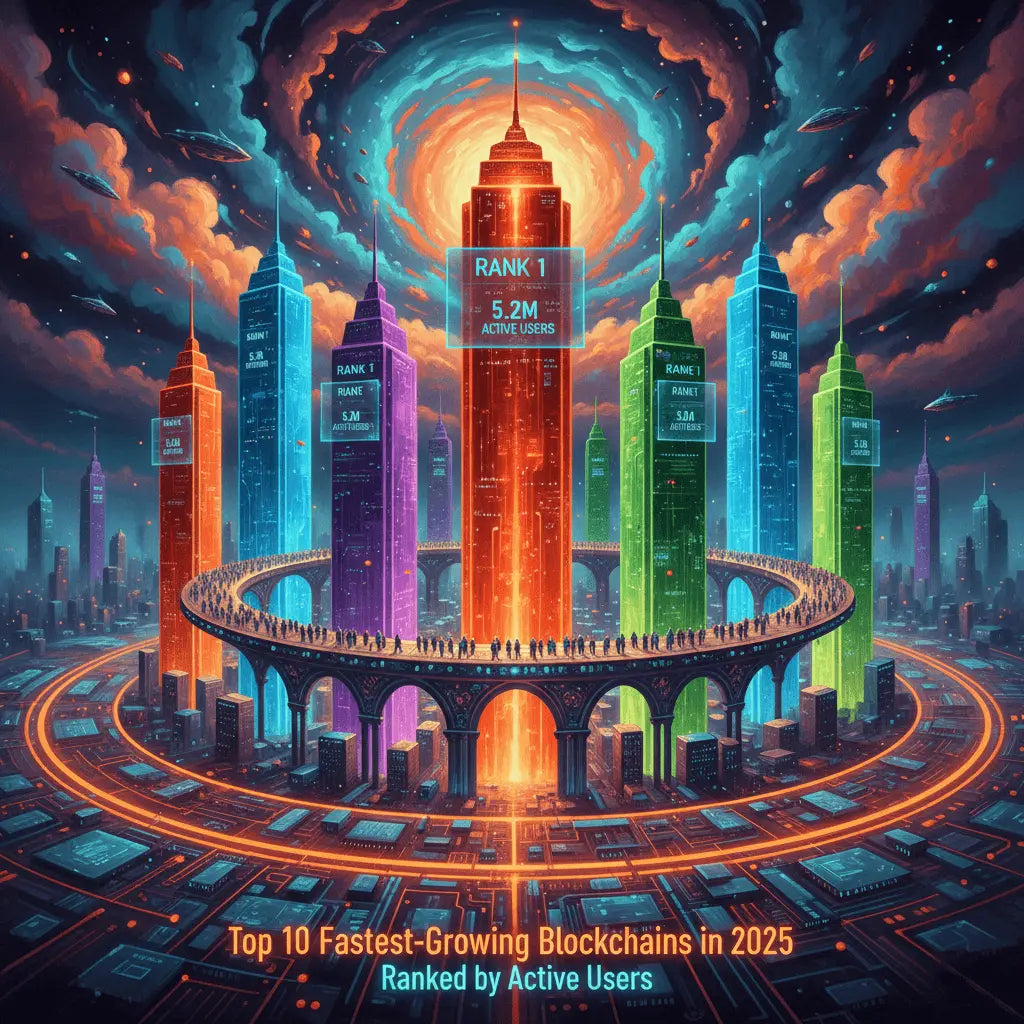

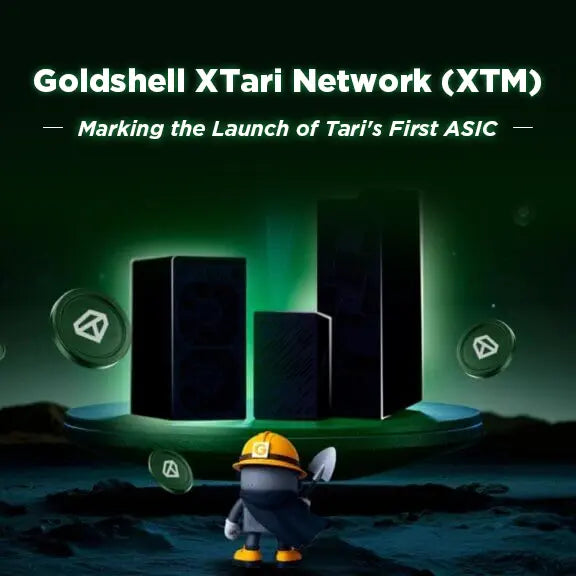
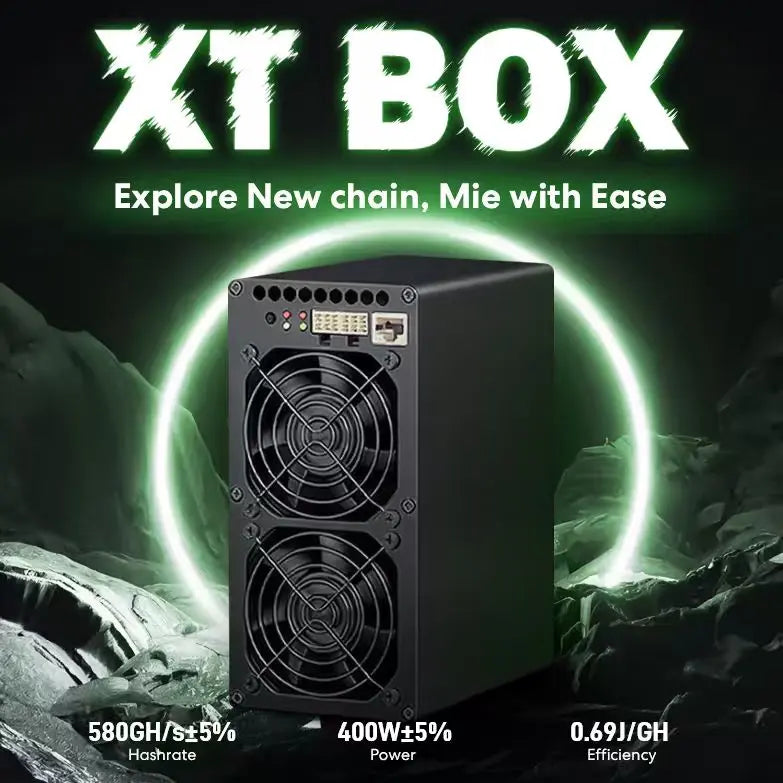
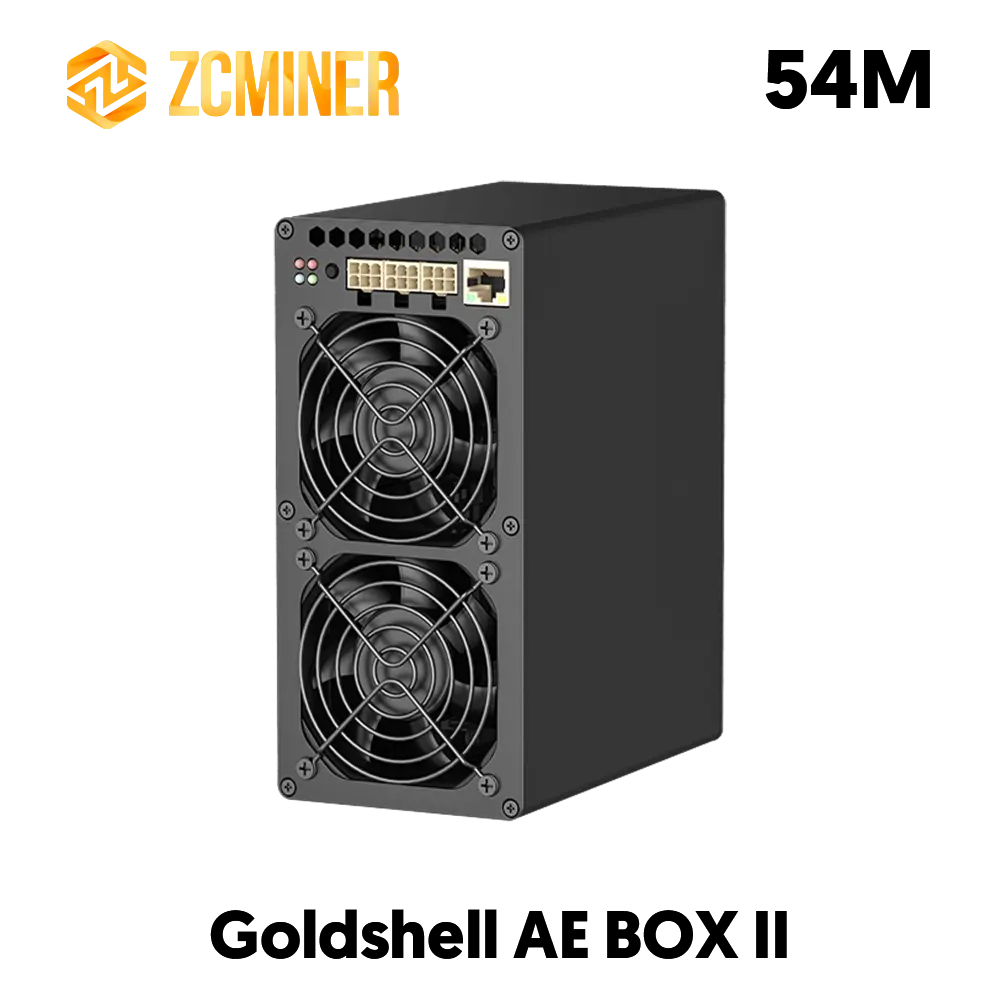
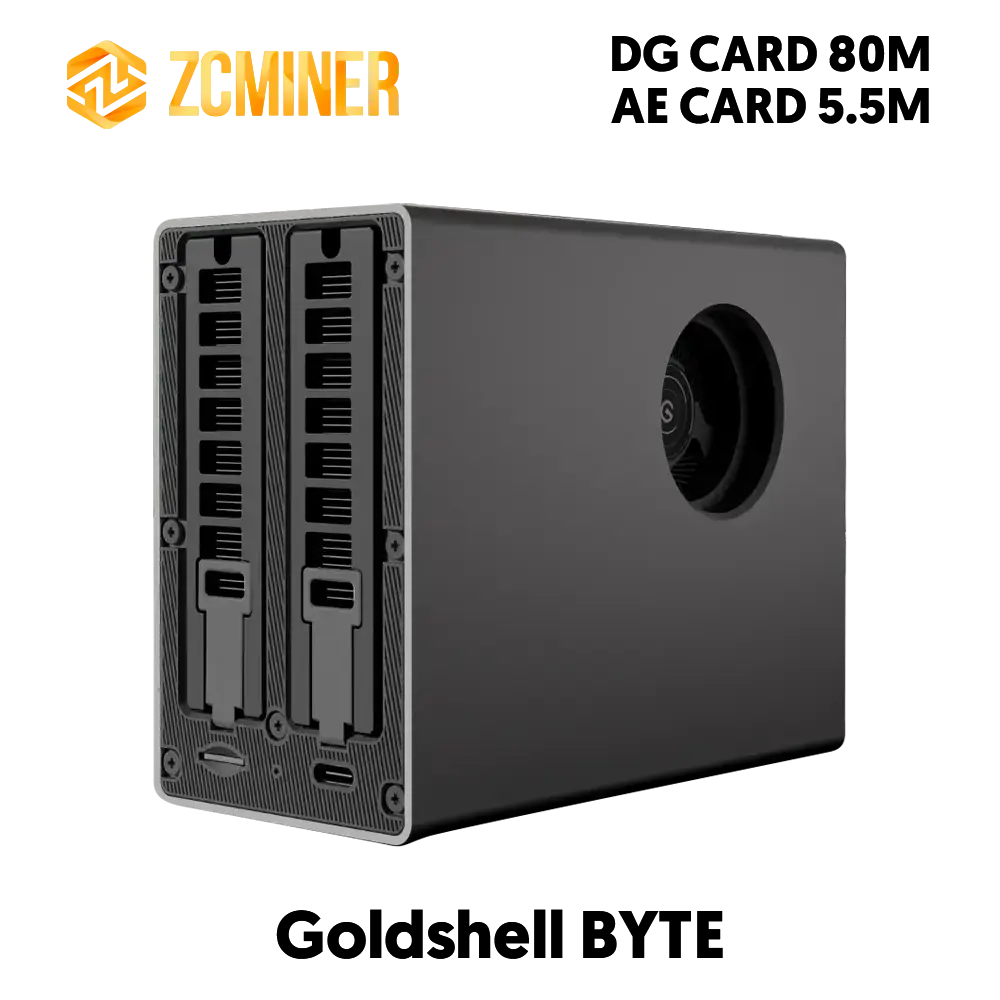
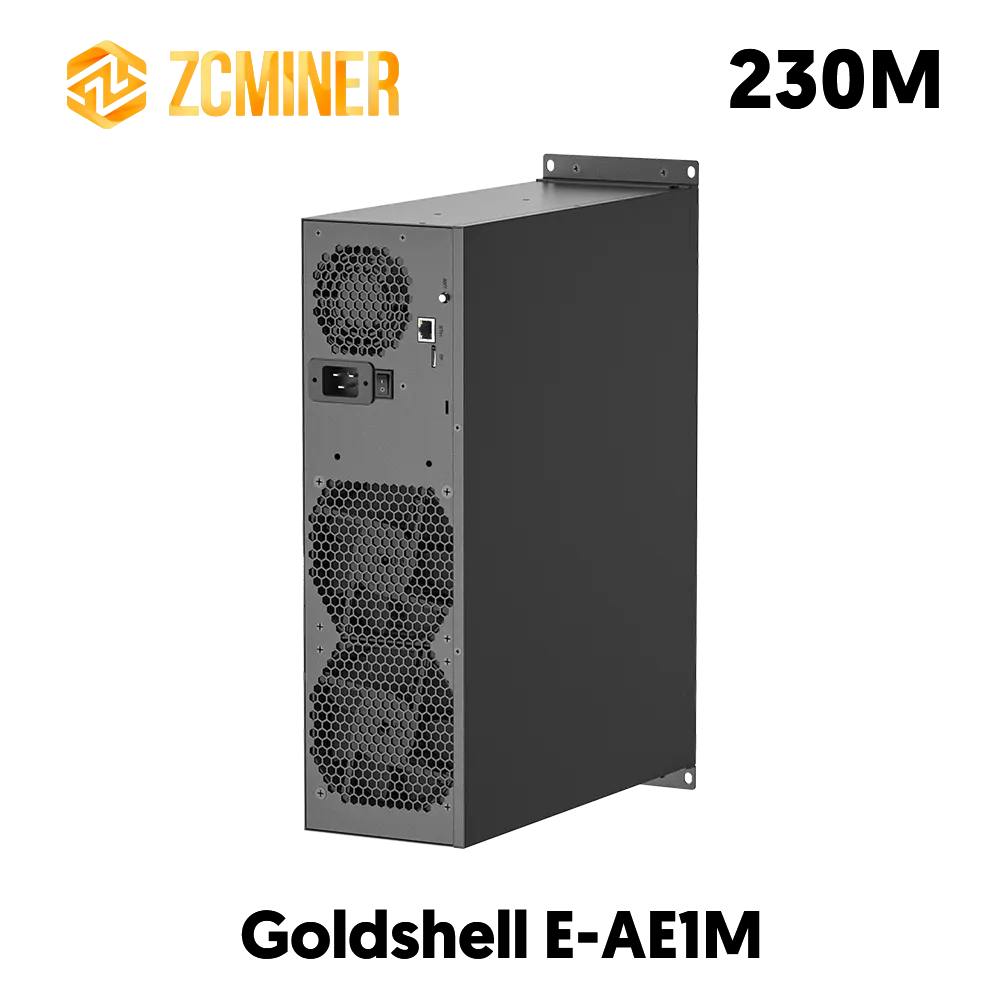
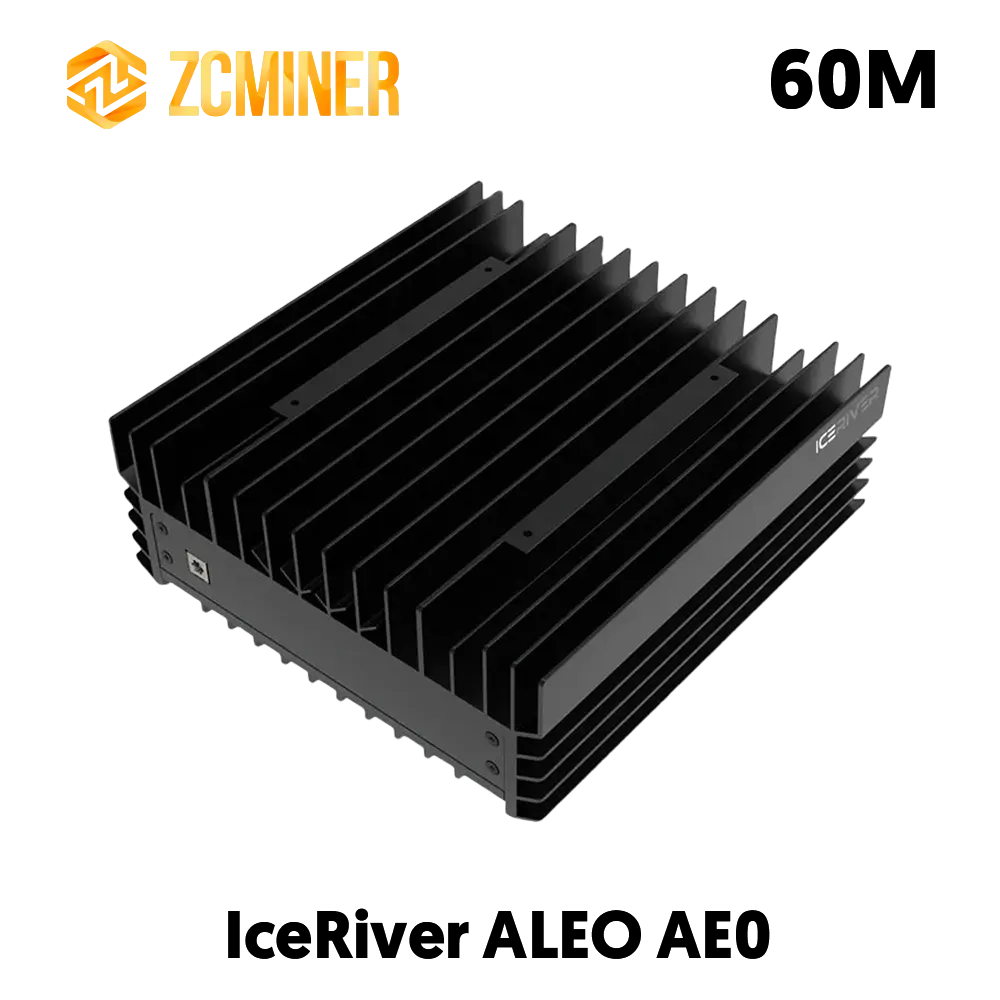


Hinterlasse einen Kommentar
Diese Website ist durch hCaptcha geschützt und es gelten die allgemeinen Geschäftsbedingungen und Datenschutzbestimmungen von hCaptcha.